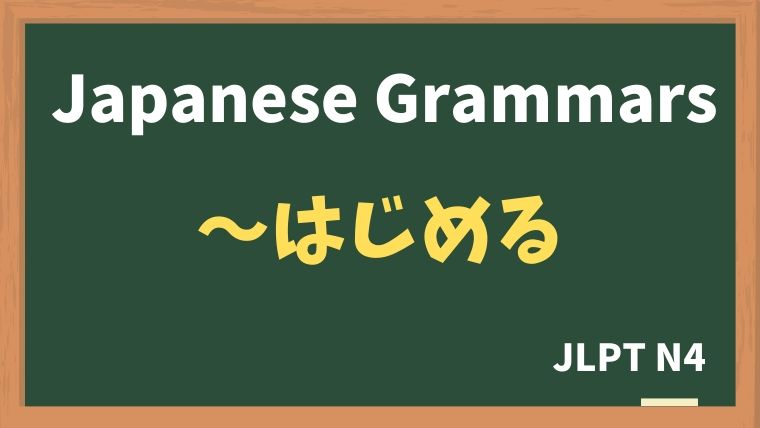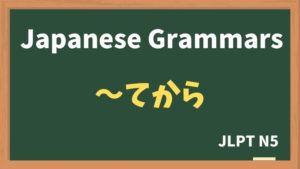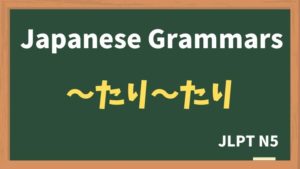
Explanation:〜はじめる
fa-check-circleMeaning
"begin to / start to"
Used to indicate the beginning of an action or state. It typically follows the masu-stem of a verb and expresses that something has started. It is commonly translated as "to start" or "to begin" in English.
fa-check-circleForm
V(masu form)ます + はじめる
fa-check-circlePoints
- Expressing the Start of an Action: "〜はじめる" is used when something begins or starts happening.
- Verb Conjugation: It follows the masu-stem (the verb form before "ます") of the verb.
fa-check-circleJLPT Level
N4
Sample sentenes
来週から 韓国語を 勉強し始める 予定です。
I’m planning to start studying Korean language from next week.
肉の 色が 変わり始めたら、醤油を 加えてください。
If the color of the meat starts to change, add the soy sauce.
桜 が咲き始めましたね。
The cherry blossoms started blooming, didn’t they?
雨が 降り始めたので、急いで 帰ります。
Since it started raining, I hurried home.
先週から、日本語の 勉強のために、日本の 音楽を 聴き始めました。
I have started listening to Japanese music for my Japanese studies since last week.
Vocabulary
| Japanese | English |
| かんこくご | Korean language |
| にく | meat |
| いろ | color |
| かわる | to change |
| しょうゆ | soy sauce |
| くわえる | to add |
| さく | to bloom |






